Anastrozole
Synonym(s):Anastrozole;Arimidex;2;2"-[5-(1H-1;2;4-Triazol-1-ylmethyl)-1;3-Phenylene]bis(2-methyl-propiononitrile;a,a,a′,a′-Tetramethyl-5-(1H-1,2,4-triazol-1-ylmethyl)-1,3-benzenediacetonitrile
- CAS NO.:120511-73-1
- Empirical Formula: C17H19N5
- Molecular Weight: 293.37
- MDL number: MFCD00866298
- EINECS: 601-715-6
- SAFETY DATA SHEET (SDS)
- Update Date: 2024-12-12 18:44:43
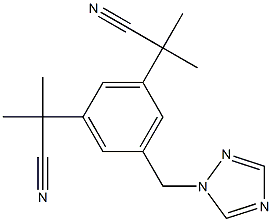
What is Anastrozole?
Absorption
Anastrozole is rapidly absorbed and Tmax is typically reached within 2 hours of dosing under fasted conditions. Coadministration with food reduces the rate but not the overall extent of absorption - mean Cmax decreased by 16% and the median Tmax was extended to 5 hours when anastrozole was administered 30 minutes after ingestion of food, though this relatively minor alteration in absorption kinetics is not expected to result in clinically significant effects.
Toxicity
The reported oral TDLo in a human woman is 1.68 mg/kg given intermittently over the course of 12 weeks. Knowledge of the signs and symptoms of anastrozole overdose is incomplete as there are no documented descriptions of a patient receiving more than 60mg, a dose which was administered to a healthy male volunteer and was well-tolerated. There is no antidote for anastrozole and treatment should be supportive and symptomatic, including close monitoring of patient vital signs. As anastrozole exhibits relatively low protein binding, dialysis may be helpful and should be considered in select cases.
Description
Anastrozole entered its first market in the United Kingdom for the treatment of advanced breast cancer in post-menopausal women. Anastrozole is a highly potent and selective aromatase inhibitor. It is extremely potent in lowering circulating estradiol to undetectable levels in treated patients without altering other circulating hormones. The drug is reportedly well absorbed and tolerated following oral administration.
Description
Anastrozole(120511-73-1) was first approved for use in the United States in 1995 for the treatment of advanced breast cancer in post-menopausal women. Anastrozole is a highly potent and selective aromatase inhibitor. It is extremely potent in lowering circulating estradiol to undetectable levels in treated patients without altering other circulating hormones. The drug is reportedly well absorbed and tolerated following oral administration.
Chemical properties
Crystalline Solid. soluble in organic solvents such as ethanol, DMSO, and dimethyl formamide. The solubility of anastrozole in these solvents is approximately 20, 13, and 14 mg/ml.
Originator
Zeneca (United Kingdom)
The Uses of Anastrozole
Anastrozole is a nonsteroidal inhibitor of aromatase which effectively blocks estrogen synthesis in postmenopausal women and is used as therapy of estrogen receptor positive breast cancer. Anastrozole has been associated with a low rate of serum enzyme elevations during therapy and rare instances of clinically apparent liver injury.
Background
Anastrozole is a non-steroidal aromatase inhibitor (AI), similar to letrozole, used to decrease circulating estrogen levels in the treatment of postmenopausal women with estrogen-responsive breast cancer. Aromatase inhibitors, including anastrozole, have become endocrine drugs of choice in the treatment of postmenopausal breast cancer due to a more favourable efficacy and adverse effect profile as compared to earlier estrogen receptor modulators such as tamoxifen.
Indications
Anastrozole is indicated as adjunct therapy in the treatment of hormone receptor-positive early breast cancer in postmenopausal women, and as a first-line treatment for hormone receptor-positive (or hormone receptor-unknown) locally advanced or metastatic breast cancer in postmenopausal women. It may also be used in the treatment of advanced breast cancer in postmenopausal women who experience disease progression despite treatment with tamoxifen.
What are the applications of Application
Anastrozole is a CYP19 (aromatase) inhibitor
Definition
ChEBI: Anastrozole is a 1,2,4-triazole compound having a 3,5-bis(2-cyano-2-propyl)benzyl group at the 1-position. It has a role as an antineoplastic agent and an EC 1.14.14.14 (aromatase) inhibitor. It is a member of triazoles and a nitrile.
Preparation
synthesis of anastrozole can be realized in four steps based on 3,5-bis(bromomethyl)toluene. Starting with a S N 2 displacement using potassium nitrile and tetrabutylammonium bromide as a phase transfer catalyst to give bis-nitrile compound. Bis-nitrile compound formed undergoes deprotonation with NaH and methylated afterwards with methyl iodide to give bis-dimethyated product.Product undergoes radical substitution reaction following the Wohl-Ziegler reaction using N-bromosuccinamide and benzoyl peroxide as the radical initiator.In the final step, benzylbromide undergoes SN2 displacement with sodium triazole to give anastrozole.
What are the applications of Application
Anastrozole (aromatase inhibitor) has been used:
as a positive control in DNA fragmentation (ladder) assay
to investigate its effects along with extra virgin olive oil and its major fatty acid component (omega-9 OA) in estrogen receptor positive mammary adenocarcinoma cells
to study its effects on viability, cell proliferation and apoptosis in Glioblastoma multiforme model in vivo
brand name
Arimidex (AstraZeneca).
Therapeutic Function
Antitumor
General Description
Anastrozole(120511-73-1) is a non-steroidal and expensive drug marketed under the trade name Arimidex. It was the first specific aromatase inhibitor approved in theUnited States. It is indicated for first-line treatment of postmenopausalwomen with advanced or metastatic breast cancer,for second-line treatment of postmenopausal patientswith advanced breast cancer who have had disease progressionfollowing tamoxifen therapy, and for adjuvant treatmentof women with early breast cancer. Patients who did not respondto tamoxifen therapy rarely respond to anastrozole.
Biological Activity
Potent and highly selective aromatase (CYP19) inhibitor (IC 50 = 15nM) that has no discernible effect on adrenocorticoid hormone synthesis. Reduces plasma estrogen levels and exhibits antitumor activity in vivo . Orally active.
Biochem/physiol Actions
Anastrozole, which contains a triazole functional group, reversibly binds to the cytochrome P-450 component of aromatase. Binding interferes with the catalytic properties of aromatase, which results in inhibition of estrogen synthesis.
Mechanism of action
Anastrozole, a benzyltriazole derivative, competes with the natural s ubstrate for binding to the active site of the aromatase. The mechanism of enzyme inhibition resides in the coordination of the triazole ring with the hemeiron atom of the aromatase enzyme complex. This coordination ultimately prevents arom atization of androgens into estrogens and, therefore, deprives the tumor of estrogen. This effect is reversible. In the presence of anastrozole, estradiol levels are reduced to undetectable levels, with no adverse effects on levels of any other horm one, including cortisol and aldosterone. Maximal estrogen suppression is produced by a 1mg dose. Estrogen suppression is maintained for up to 6 days after discontinuing anastrozole.
Pharmacokinetics
Anastrozole prevents the conversion of adrenal androgens (e.g. testosterone) to estrogen in peripheral and tumour tissues. As the growth of many breast cancers is stimulated and/or maintained by the presence of estrogen, anastrozole helps to treat these cancers by decreasing the levels of circulating estrogens.
The incidence of ischemic cardiovascular events was increased during anastrozole therapy and patients with pre-existing ischemic heart disease should consider the risks and benefits of anastrozole before beginning therapy. Anastrozole has also been reported to decrease spine and hip bone mineral density (BMD), so consideration should be given to monitoring of BMD in patients receiving long-term therapy.
Pharmacokinetics
Anastrozole is well absorbed orally, with biliary elimination as its primary route (85%) and an elimination half-life of approxim ately 50 hours. Approximately 60% of an oral dose is m etabolized in the liver by N-dealkylation, hydroxylation, and glucuronidation to inactive triazole metabolites.
Clinical Use
Anastrozole is a potent and highly selective, nonsteroidal aromatase inhibitor utilized in the treatment of advanced breast cancer that is horm one-responsive. It is considered to be second-line therapy (after tamoxifen) in the treatment of postm enopaus al breast cancer.
Side Effects
The most common anastrozole side effects are related to lower estrogen levels in the body. They include hot flashes, nausea and vomiting, and mood changes. Anastrozole could cause your bones to thin, which raises your risk of osteoporosis. It can also cause high cholesterol.
Drug interactions
Potentially hazardous interactions with other drugs
Oestrogen-containing therapies: avoid concomitant
administration as would negate pharmacological
action.
Tamoxifen: avoid concomitant administration.
Environmental Fate
Anastrozole is classified as readily biodegradable and is moderately mobile in soils. The measured octanol-water partition coefficient is low, therefore anastrozole is not predicted to bioaccumulate in aquatic organisms.
Metabolism
Anastrozole is primarily metabolized in the liver via oxidation and glucuronidation to a number of inactive metabolites, including hydroxyanastrozole (both free and glucuronidated) and anastrozole glucuronide. Oxidation to hydroxyanastrozole is catalyzed predominantly by CYP3A4 (as well as CYP3A5 and CYP2C8, to a lesser extent) and the direct glucuronidation of anastrozole appears to be catalyzed mainly by UGT1A4.
Anastrozole may also undergo N-dealkylation to form triazole and 3,5-Bis-(2-methylpropiononitrile)-benzoic acid. Labels for anastrozole state the main metabolite found in plasma following administration is triazole, but a recent pharmacokinetic study was unable to detect any products of N-dealkylation in vitro.
Metabolism
Anastrozole is extensively metabolised by postmenopausal women with less than 10% of the dose excreted in the urine unchanged within 72 hours of dosing. Metabolism of anastrozole occurs by N-dealkylation, hydroxylation and glucuronidation via CYP 3A4 and 3A5, and UGT1A4. The metabolites are excreted primarily via the urine. Triazole, the major metabolite in plasma, does not inhibit aromatase.
Side Effects
The side effects of Anastrozole including hot flashes, headache, bone pain, trouble sleeping, dizziness, stomach upset, nausea/vomiting, constipation, diarrhea, loss of appetite, weight gain, tiredness/weakness, increased coughing, or sore throat may occur. If any of these effects last or get worse, tell your doctor or pharmacist promptly.
storage
Store at RT
References
[1] DUKESM. The preclinical pharmacology of “Arimidex” (anastrozole; ZD1033)–a potent, selective aromatase inhibitor.[J]. Journal of Steroid Biochemistry and Molecular Biology, 1996. DOI:10.1016/0960-0760(96)00064-7.
[2] U B. Anastrozole: a new addition to the armamentarium against advanced breast cancer.[J]. American Journal of Clinical Oncology-Cancer Clinical Trials, 1998. DOI:10.1097/00000421-199804000-00014.
[3] L?NNINGP E DowsettM GeislerJ. Pharmacological and clinical profile of anastrozole.[J]. Breast Cancer Research and Treatment, 1998. DOI:10.1023/a:1006000806630.
[4] HOZUMIYASUO. Effects of anastrozole on lipid metabolism compared with tamoxifen in rats.[J]. Breast Cancer Research and Treatment, 2002. DOI:10.1023/a:1020571617274.
Properties of Anastrozole
| Melting point: | 81-82°C |
| Boiling point: | 469.7±55.0 °C(Predicted) |
| Density | 1.08±0.1 g/cm3(Predicted) |
| storage temp. | room temp |
| solubility | DMSO: soluble40mg/mL |
| pka | 2.62±0.10(Predicted) |
| form | solid |
| color | White to off-white |
| InChI | InChI=1S/C17H19N5/c1-16(2,9-18)14-5-13(8-22-12-20-11-21-22)6-15(7-14)17(3,4)10-19/h5-7,11-12H,8H2,1-4H3 |
| CAS DataBase Reference | 120511-73-1(CAS DataBase Reference) |
Safety information for Anastrozole
| Signal word | Danger |
| Pictogram(s) |
 Exclamation Mark Irritant GHS07  Health Hazard GHS08 |
| GHS Hazard Statements |
H302:Acute toxicity,oral |
| Precautionary Statement Codes |
P202:Do not handle until all safety precautions have been read and understood. P264:Wash hands thoroughly after handling. P264:Wash skin thouroughly after handling. P270:Do not eat, drink or smoke when using this product. P280:Wear protective gloves/protective clothing/eye protection/face protection. P301+P312:IF SWALLOWED: call a POISON CENTER or doctor/physician IF you feel unwell. P308+P313:IF exposed or concerned: Get medical advice/attention. |
Computed Descriptors for Anastrozole
| InChIKey | YBBLVLTVTVSKRW-UHFFFAOYSA-N |
| SMILES | C(#N)C(C1=CC(CN2C=NC=N2)=CC(C(C#N)(C)C)=C1)(C)C |
Anastrozole manufacturer
Mascot Industries Pvt., Ltd.
NATCO Pharma Limited
New Products
(S)-3-Aminobutanenitrile hydrochloride 4-Methylphenylacetic acid N-Boc-D-alaninol N-BOC-D/L-ALANINOL Tert-butyl bis(2-chloroethyl)carbamate 3-Morpholino-1-(4-nitrophenyl)-5,6-dihydropyridin- 2(1H)-one Furan-2,5-Dicarboxylic Acid Tropic acid 1-Bromo-3,5-Di-Tert-Butylbenzene S-2-CHLORO PROPIONIC ACID ETHYL ISOCYANOACETATE 2-Bromo-1,3-Bis(Dimethylamino)Trimethinium Hexafluorophosphate 4-IODO BENZOIC ACID 3-NITRO-2-METHYL ANILINE 1-(2,4-DICHLOROPHENYL) ETHANAMINE (2-Hydroxyphenyl)acetonitrile 4-Bromopyrazole 2-(Cyanocyclohexyl)acetic acid 4-methoxy-3,5-dinitropyridine 1-(4-(aminomethyl)benzyl)urea hydrochloride 2-aminopropyl benzoate hydrochloride diethyl 2-(2-((tertbutoxycarbonyl)amino) ethyl)malonate tert-butyl 4- (ureidomethyl)benzylcarbamate Ethyl-2-chloro((4-methoxyphenyl)hydrazono)acetateRelated products of tetrahydrofuran



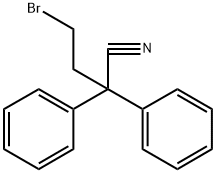
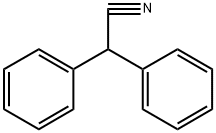
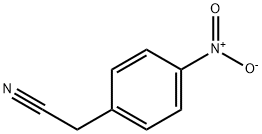


You may like
-
 AnastrazoleAPI & intermediates 98%View Details
AnastrazoleAPI & intermediates 98%View Details
120511-73-1 -
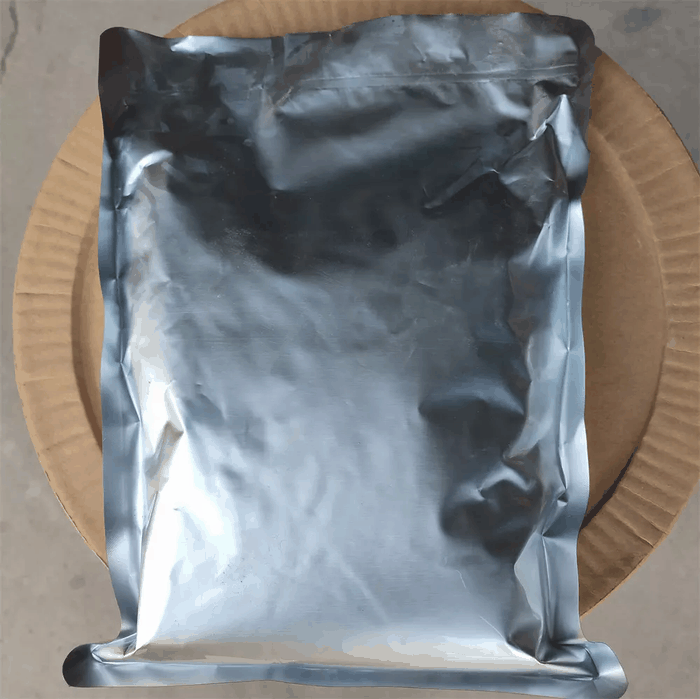 Anastrozole 98%View Details
Anastrozole 98%View Details -
 Anastrozole 98% (GC) CAS 120511-73-1View Details
Anastrozole 98% (GC) CAS 120511-73-1View Details
120511-73-1 -
 120511-73-1 ANASTROZOLE 95-99 %View Details
120511-73-1 ANASTROZOLE 95-99 %View Details
120511-73-1 -
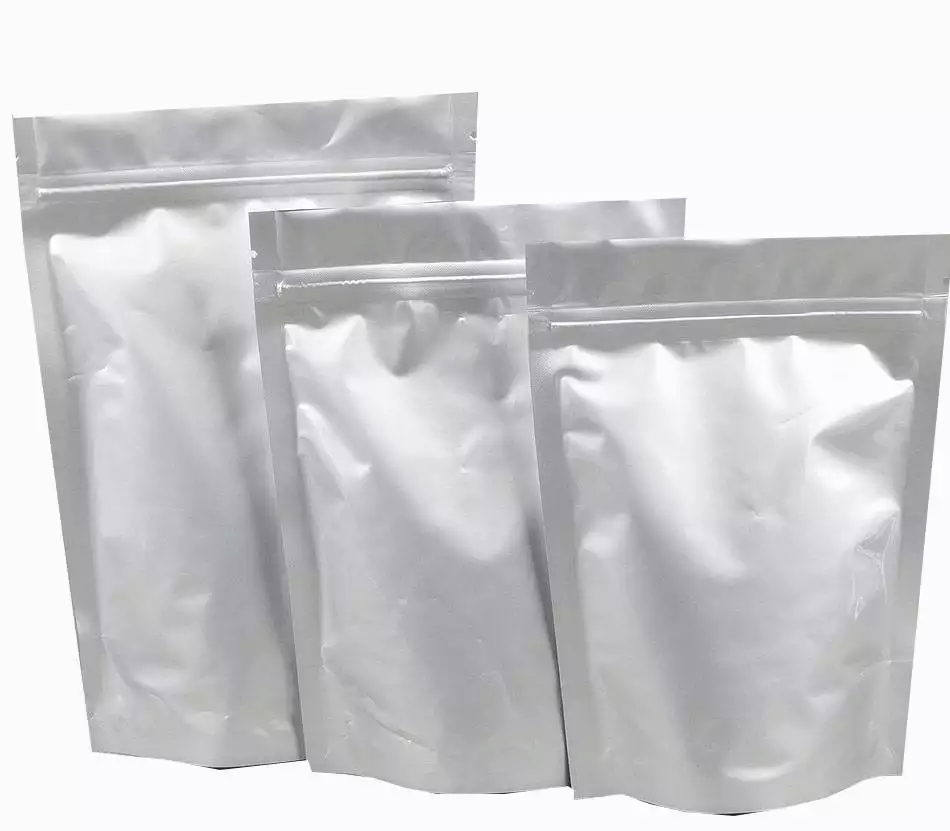 120511-73-1 98%View Details
120511-73-1 98%View Details
120511-73-1 -
 Anastrozole 120511-73-1 98%View Details
Anastrozole 120511-73-1 98%View Details
120511-73-1 -
 Anastrozole 95.00% CAS 120511-73-1View Details
Anastrozole 95.00% CAS 120511-73-1View Details
120511-73-1 -
 Anastrozole 99% (HPLC) CAS 120511-73-1View Details
Anastrozole 99% (HPLC) CAS 120511-73-1View Details
120511-73-1